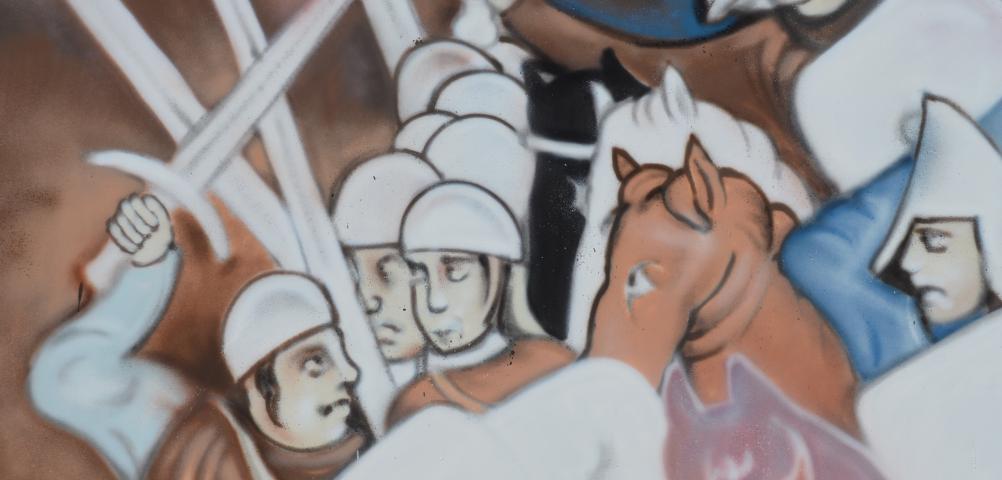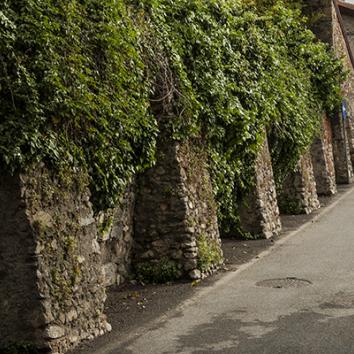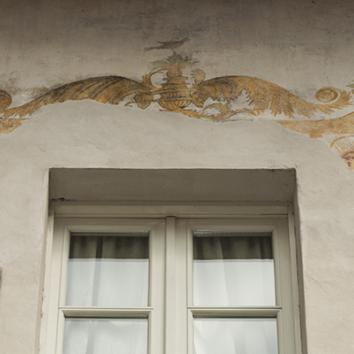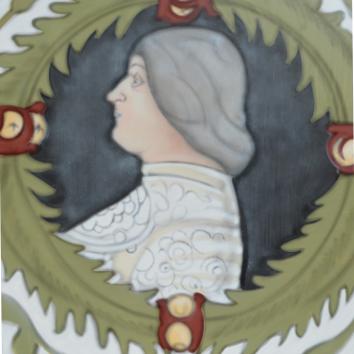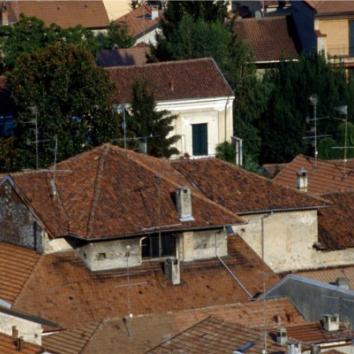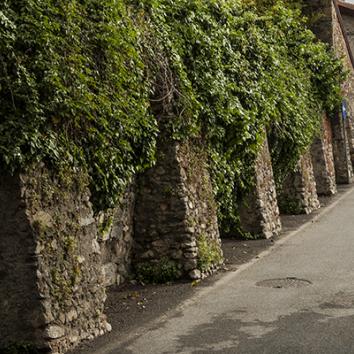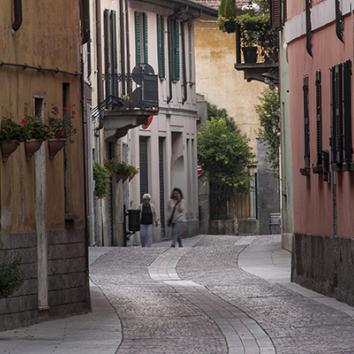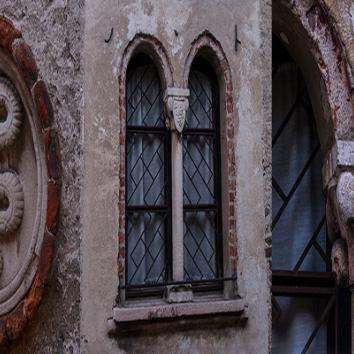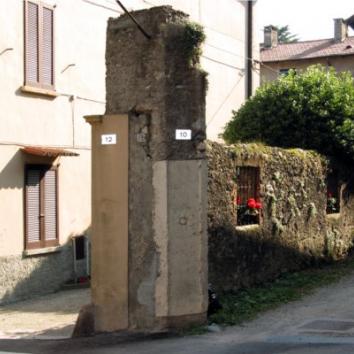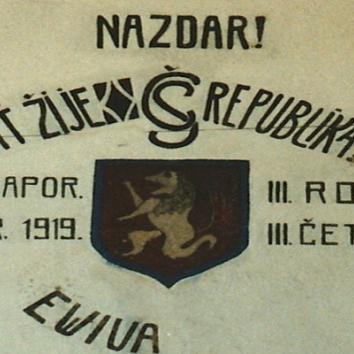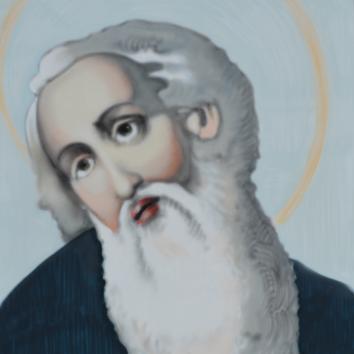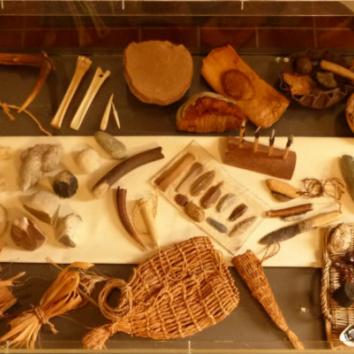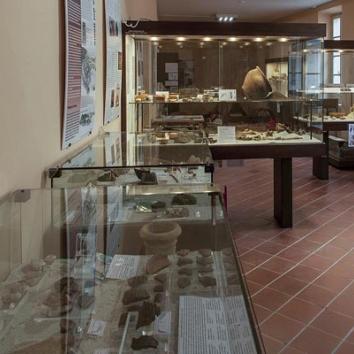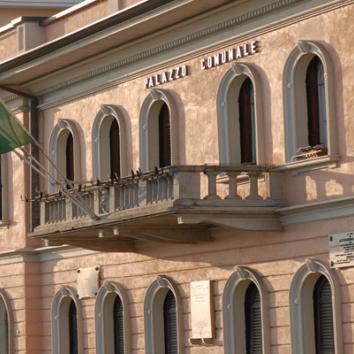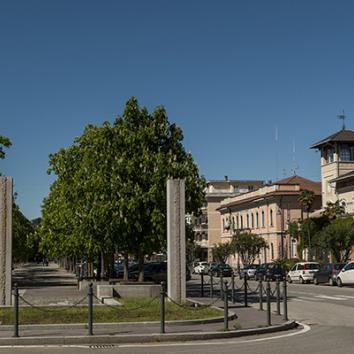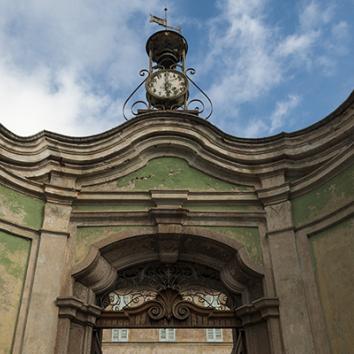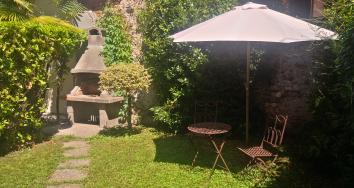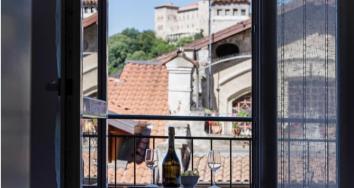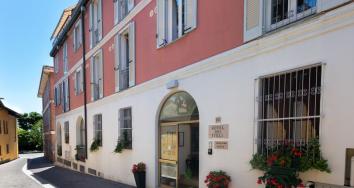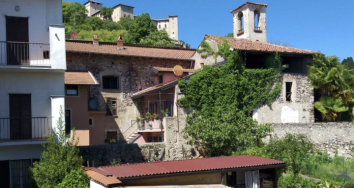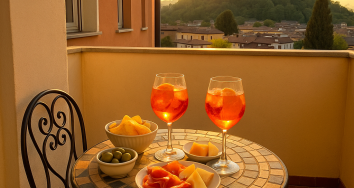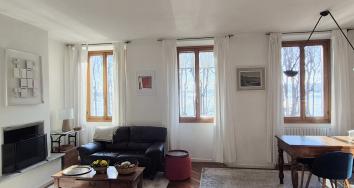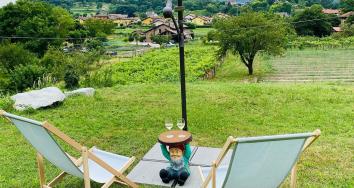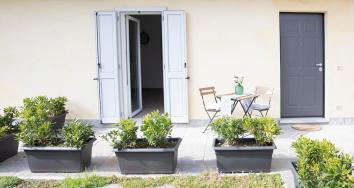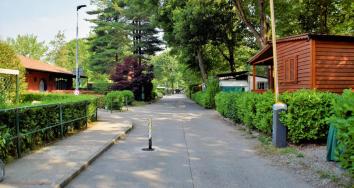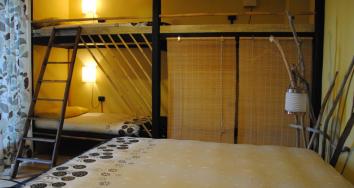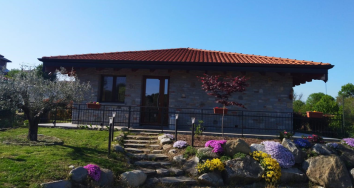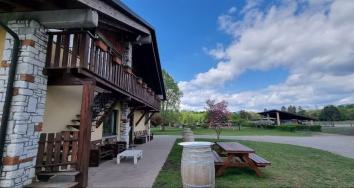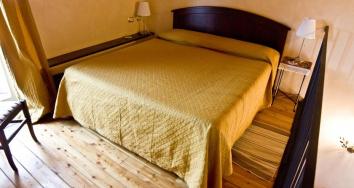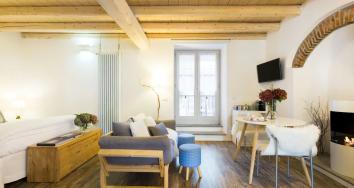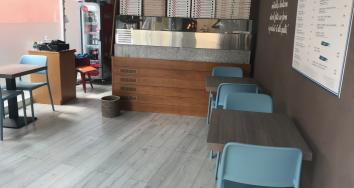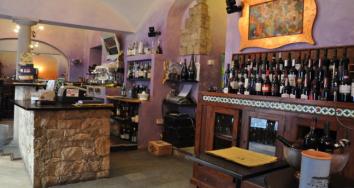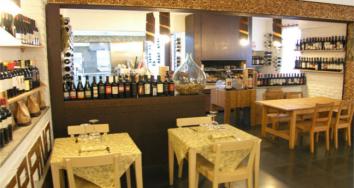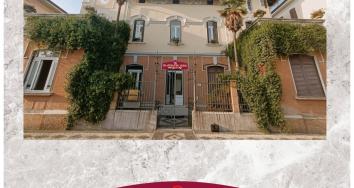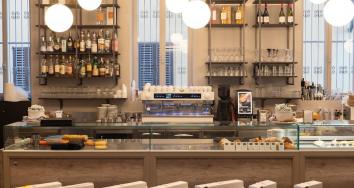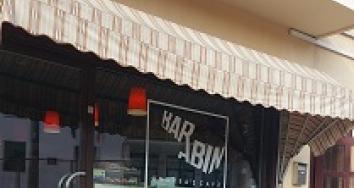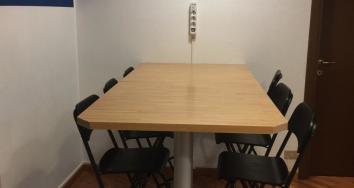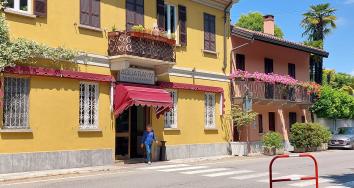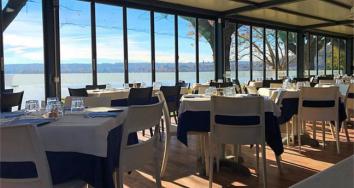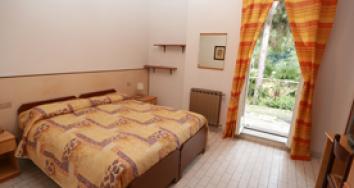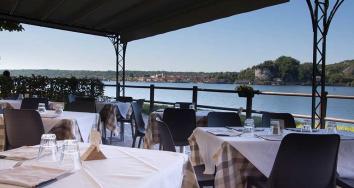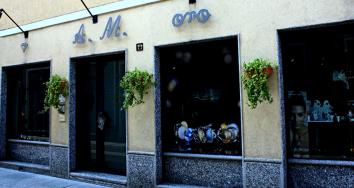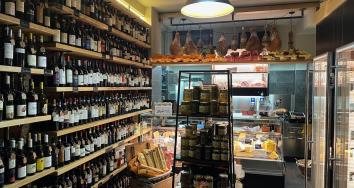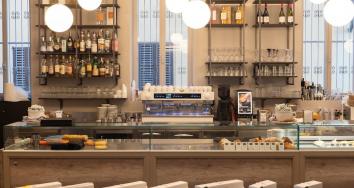Detail of the Hall of Justice in the Fortress of Angera (by Andrea Ravo Mattoni)
Sito n.53 del Museo Diffuso
Detail showing Napo Torriani begging for mercy to Bishop Ottone Visconti, from the wall paintings in the Hall of Justice, Angera Castle. The room was decorated by an anonymous Angera painter in the late 13th – early 14th century. Andrea Ravo Mattoni, 2019, spray paint on PVC canvas, 2 x 1.5 m. The Sala di Giustizia paintings celebrate Ottone Visconti's victory over the troops of Napo Torriani at Desio on January 21st 1277 and his triumphal entry into Milan, where he was at last welcomed by the clergy and civic authorities as the city's archbishop, after years of bloodshed. The artist has chosen a detail of the scene depicted on the southern wall of the room: Napo Torriani, in helmet and armour, kneels in the foreground on the left, pleading for mercy from Ottone; in the original the bishop sits on horseback in front of him. Behind Napo a soldier turns with raised sword to stop other armed men on foot and on horseback who approach threateningly. The soldiers wear helmets of various shapes; they stop with shields and swords raised, waiting for the bishop's decision. Napo was later imprisoned in the tower of Baradello Castle, near Como, where he died of his privations. The Visconti family took control of Milan and Angera; after obtaining the Rocca, they decided to celebrate the victory at Desio on the walls of the Hall of Justice a few years later. The historical episodes represented faithfully reproduce the history of events narrated in the Latin verse account Liber de rebus gestis in civitate Mediolani, attributed to Stefanardo da Vimercate. The chamber also contains the Wheel of Fortune and a female figure interpreted as Virtue or Justice, together with other decorations including Sun and Moon chariots, signs of the zodiac, pagan images and heraldic symbols. The Rocca dates back to the 11th century; after the Visconti, it was enlarged in the Sforza era and then by the Borromeo family, the current owners. The Sala di Giustizia has maintained its original aspect over the centuries; the wall frescoes are among the finest and best preserved Lombard Gothic medieval paintings and a rare example of secular, political and celebratory art. See Angera Open-Air Museum Site 37 - www.angera.it

